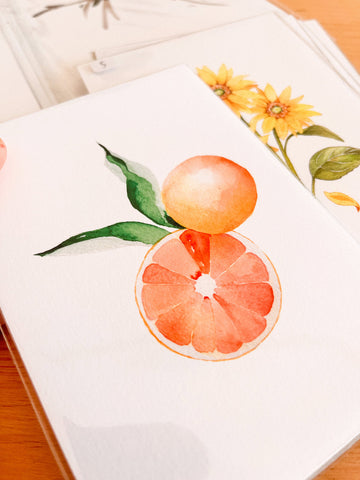Throughout these last two years working as an illustrator I have also had my doubts about which printing system was better or more suitable for my works, and in the beginning I used to go to several Spanish printers, trying different places to see where I liked more, or which ones were cheaper to produce💰.


I was forgetting, without realizing it, something that I now think is key: the amount of work I had, and was going to have. And that is something that is closely linked to each person, to each artist. Each one has its way of doing and its times.
- In my case, I tend to accumulate many drawings and doubt a lot about which ones to make sheets or other applications. So I ended up realizing that it was very complicated to adapt to orders in a printing press, which usually have a minimum print run and you have to calculate the stock of each sheet very well and pray to the gods so that everything is sold.
- Another important factor in my case is the paper : its grammage, texture and quality in general greatly influence how a reproduction is going to be preserved over the years. For watercolors I always use 100% cotton paper, and if you want to get a print that is as faithful as possible to the original, you have to do several color and paper tests, which required multiple trips and calls to the printer or gamble and order online praying one more time to get you well.

Then I discovered the world of FineArt prints and decided to bet on it: they are prints made with pigmented inks or also known as giclée , in which the ink is 'sprayed' on the paper, leaving exceptional details, gradients and color. It would be something like a high-end impression, the most of the most. They are also often used for photographic reproductions or serialized work in museums and art collections, as they have greater resistance to light . In the long run, they remain intact for many years longer than conventional paper.
I started looking for printers that work with that system and I decided on the Canon ImagePROGRAF brand and Fine Art papers that had a minimum weight of 300g such as Hahnemühle or Canson Infinity, and the truth is that it is amazing how the colors look once the print is printed. leaf. Thanks to the color profiles I have rarely had any errors with this theme, so it is another reason in favor.
- I'm not going to lie: betting on your own printer is quite an investment , and in each case you have to assess whether it pays to do so. These models and their inks (14 in my case) are not cheap and it took me a while to decide. In my case, it has given me a great deal of freedom when it comes to printing, absolute flexibility with stock on demand or small batches for points of sale/wholesalers, and also the great peace of mind of not having to go back and forth to the printing press or worry about if you have excess or lack of stock.
- In the orders that you make in the store I prepare them manually one by one and to date I have not had any problem with the printer or the paper. This way I avoid having mountains of prints and color tests that have not gone well and in the long run, it shows a lot. Also in pockets!



